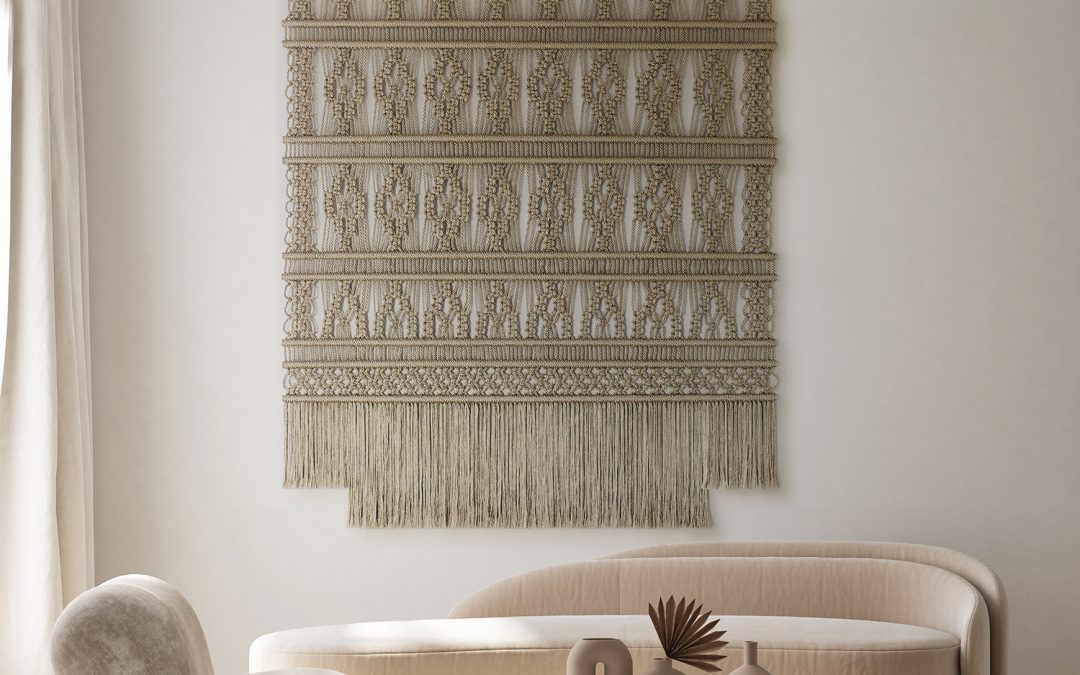Decorating your walls is more than just a creative endeavor; it’s an opportunity to make choices that benefit both your well-being and the planet. Sustainable and healthy materials are the key to achieving a harmonious balance between aesthetics and environmental responsibility.
Why do I talk about walls, you may ask yourself?
The answer is simple: It is their sheer volume.
The size of the surface area of the walls in our spaces is probably the largest we are exposed to, so anything we do to these walls could have an effect on our health and on our planet.
Say… off-gassing, for example.
Off-gassing refers to the release of volatile organic compounds (VOCs) or other potentially harmful chemicals from various materials and products into the indoor air. This process occurs over time as these substances evaporate or sublimate into the air from the products they are contained in. Off-gassing is a common phenomenon in homes and indoor environments, and it can have implications for indoor air quality to an extent that our indoor air quality can appear to be 5 times more polluted than the outdoors.
The type of off-gassing coming from the walls depends on how they have been decorated. The most common is Volatile Organic Compound, which comes from paint, in particular acrylic paint.
You know that smell of newly painted homes? Well, I got news for you; its harmful effect does not go away just by opening the windows for a few days before you move in; in fact, its harmful “off-gassing” can go on for months or even years, even when you no longer can smell the paint, so taking care to apply healthy materials on our walls is key
Here below, I have listed five ways to decorate your walls with solutions that prioritize health and sustainability, naturally starting with paint
1. Low VOC Paint or No VOC Paint.
Embarking on a journey toward healthier interiors starts with low or no VOC (Volatile Organic Compounds) paints. VOC is a mixture of chemicals whose intensity can change according to its composition. The potential health effects of VOCs depend on factors such as concentration, duration of exposure, and individual susceptibility. Choosing low-VOC or VOC-free products, proper ventilation, and allowing new materials to off-gas in well-ventilated spaces can help reduce the risks associated with indoor VOC exposure.
Beyond the immediate health benefits, opting for low VOC or VOC-free paints such as mineral based paints this also contributes to environmental well-being. Did you know that a percentage of microplastics in the oceans come from acrylic based paint; not necessarily the same paint that you can find in your home, but acrylic paint nonetheless.
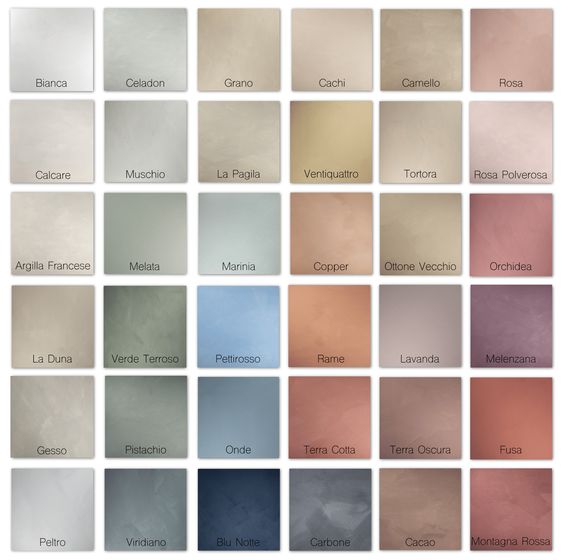
credit:James Alexander Limewash Paints
2.Hand-Painted Wallpaper
Now, let’s talk about bringing an artistic flair to your walls with hand-painted wallpaper. This beautiful option not only looks amazing but also promotes a healthier indoor environment. Crafted with water-based inks, they steer clear of harsh chemicals, making them a fantastic choice for anyone with a sensitivity to traditional wall coverings.
Hand-painted wallpaper are commonly crafted using natural fibers and healthy materials, minimizing the ecological impact associated with conventional wallpaper production.
So, I am not advocating for any old 1970’s industrial pvc backed wallpaper; when carefully sourced, this solution can not only be healthy, but you will also be supporting skilled craftsmanship and adding to the creative expression of the project.
Projects with a bespoke approach not only enhance the aesthetic appeal of the space but also aligns with eco-friendly design principles, setting a benchmark for sustainable interior decor.
Some artists I have come across that not only develop aesthetically beautiful bespoke projects but are also working with healthy materials and sustainable products, take a look at what we found recently:
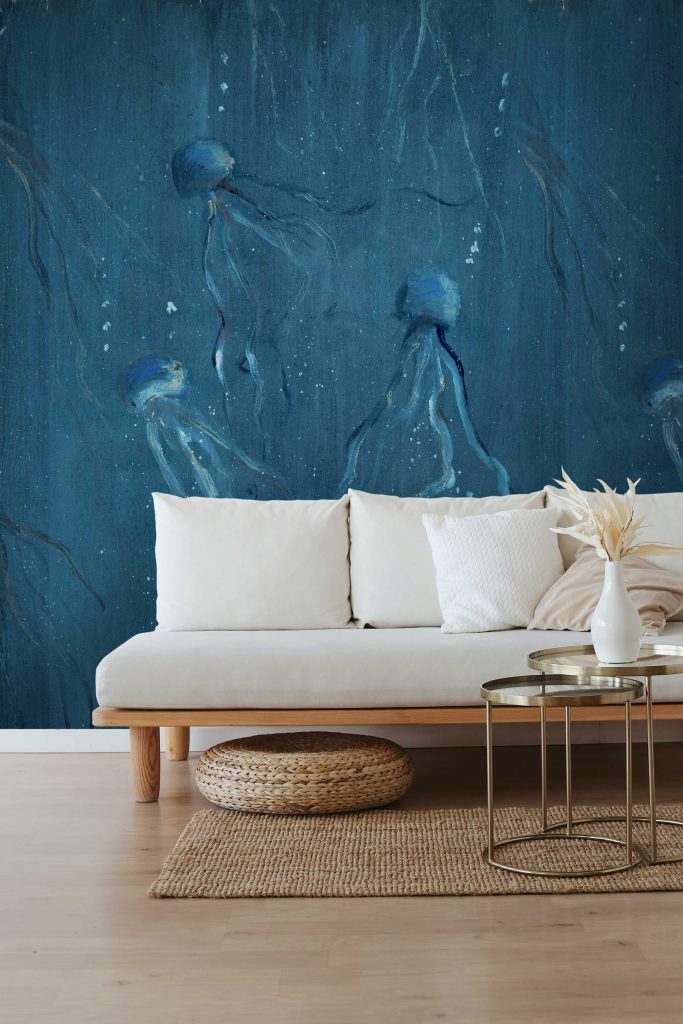
credit: Paola Buccafusca
but also the a sustainable wall paper company based in Cornwall ,even if not necessarily hand painted, the propose some very interesting healthy solutions Sustainable luxury wallpaper | Bobbi Beck
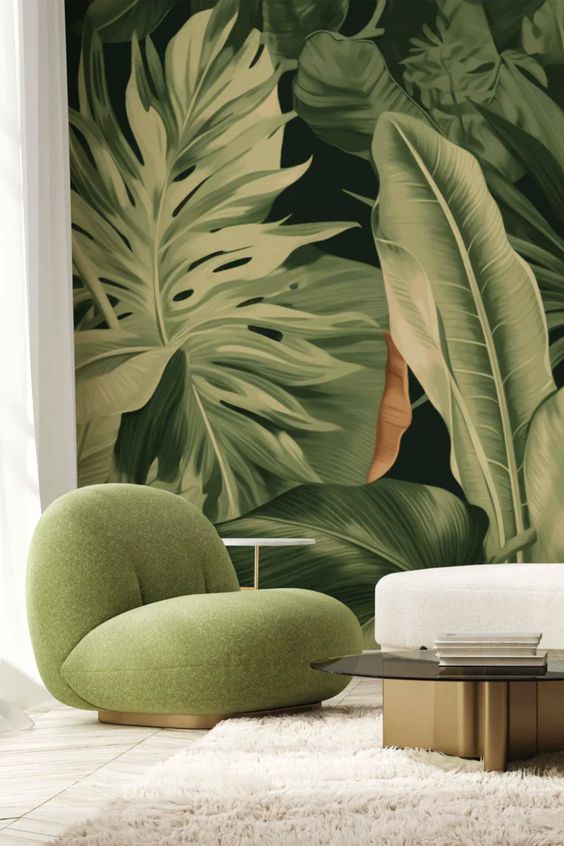
Credit Bobbi Beck via Pinterest
One of my favourites being The Vale London textiles and wallpaper designed by Melinda Marquardt. I invite you also to take a look at James 2024 collection.The Vale London | Textiles and Wallpaper
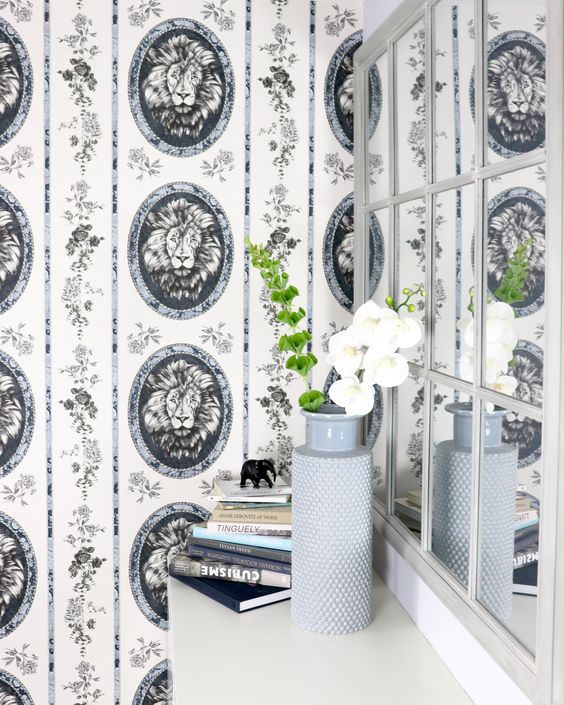
credit : The Vale London
3. Bamboo Panels
Embrace the strength and versatility of bamboo for your wall decor, reaping both health and environmental benefits. Bamboo, a rapidly renewable resource, boasts natural antibacterial and antifungal properties, promoting a healthier indoor environment by reducing the risk of allergens and microbes. Although often used for exteriors or even for structural building in certain countries, it can also create a great healthy interior space.
But wait, are you thinking of that bamboo look, maybe a bit raw and unsophisticated?
Well, you have it all wrong.
Bamboo is used to adorn the indoors of homes not just for a jungle or sometimes Japandi look but as a sophisticated and sustainable finishing.
Here below is the example of The Jakarta Hotel Project by Moso
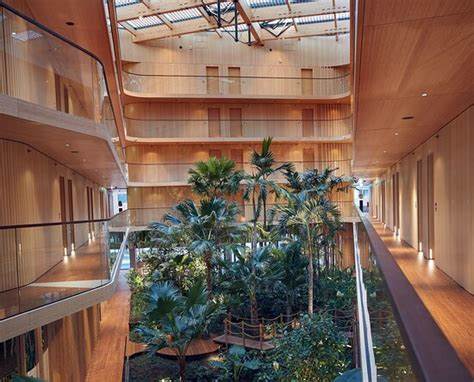
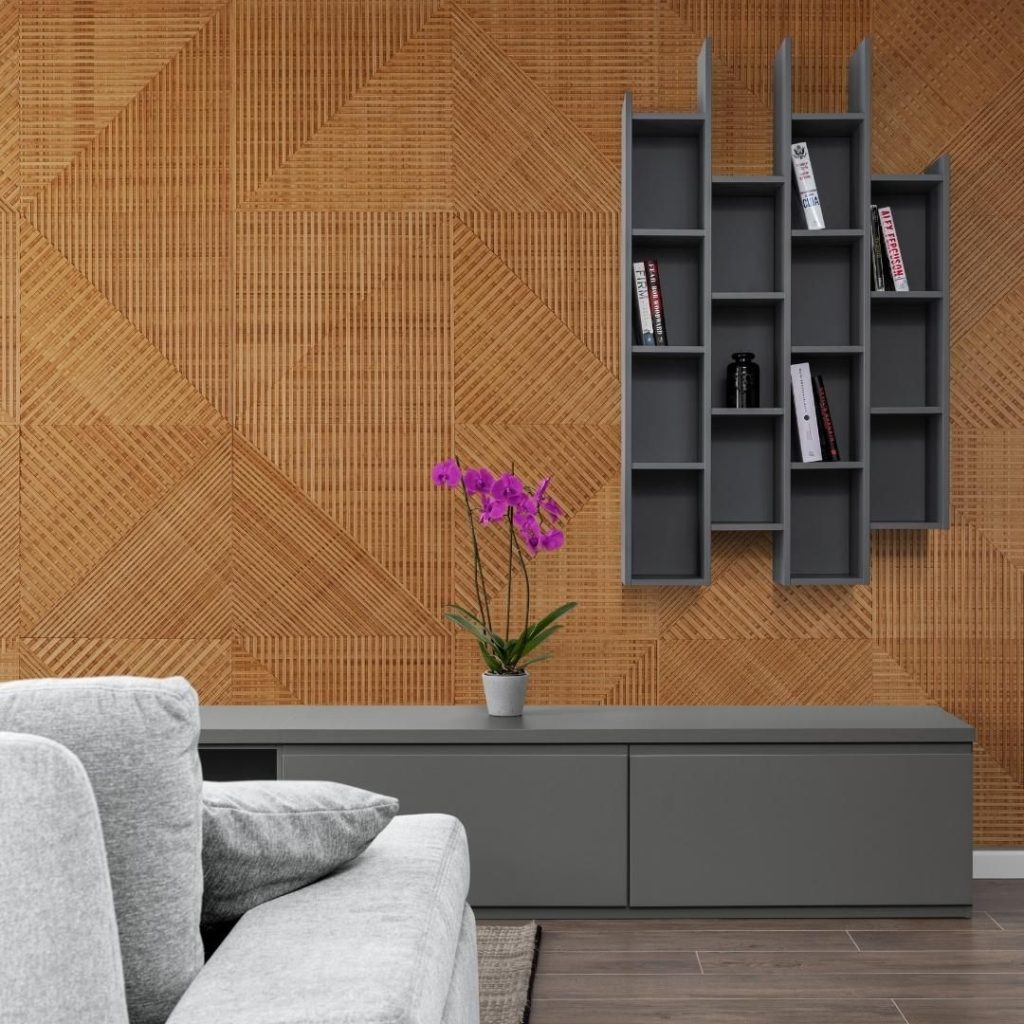
Credit: Plyboo fractal by Smith&Fong
From a planetary perspective, bamboo is a healthy material and a sustainable choice due to its fast growth and minimal environmental impact. Unlike traditional hardwoods, bamboo reaches maturity in a few years, making it an eco-friendly alternative that helps preserve natural forests. Bamboo is not a tree; it is a reed. Choosing bamboo as a wall decor material supports responsible forestry practices and mitigates deforestation. One thing to consider with Bamboo, to contain its carbon impact, but also due to cultural heritage, is that it is often used also for structural purposes, usually in Asia where it grows more densely and is a local product. The versatility of bamboo in sustainable architecture and interior design showcases its potential to revolutionize the way we approach eco-friendly decor.
4.Raw, Unfinished Materials
For a truly authentic and eco-friendly look, consider the beauty of raw, unfinished healthy materials, such as exposed brick, reclaimed wood, , and even hempcrete. Exposed surfaces not only add character to your space but also contribute to individual well-being by avoiding the use of chemical finishes commonly found in polished materials.
An example of this is Twinehouse project by Anthony Gibbon Designs
Not only is it raw, and you would think it is concrete – which we all know is not ideal for the environment considering its high level of carbon emissions (8% globally). But you are wrong; this is made of hempcrete, definately a healthy material. The walls are raw, and the design, as the name says, respects the curved lines of nature as well as alternating inside with the outside.
Twine projects: Series One | antonygibbondesigns.com

credit: Anthony Gibbon Designs_ Twine House
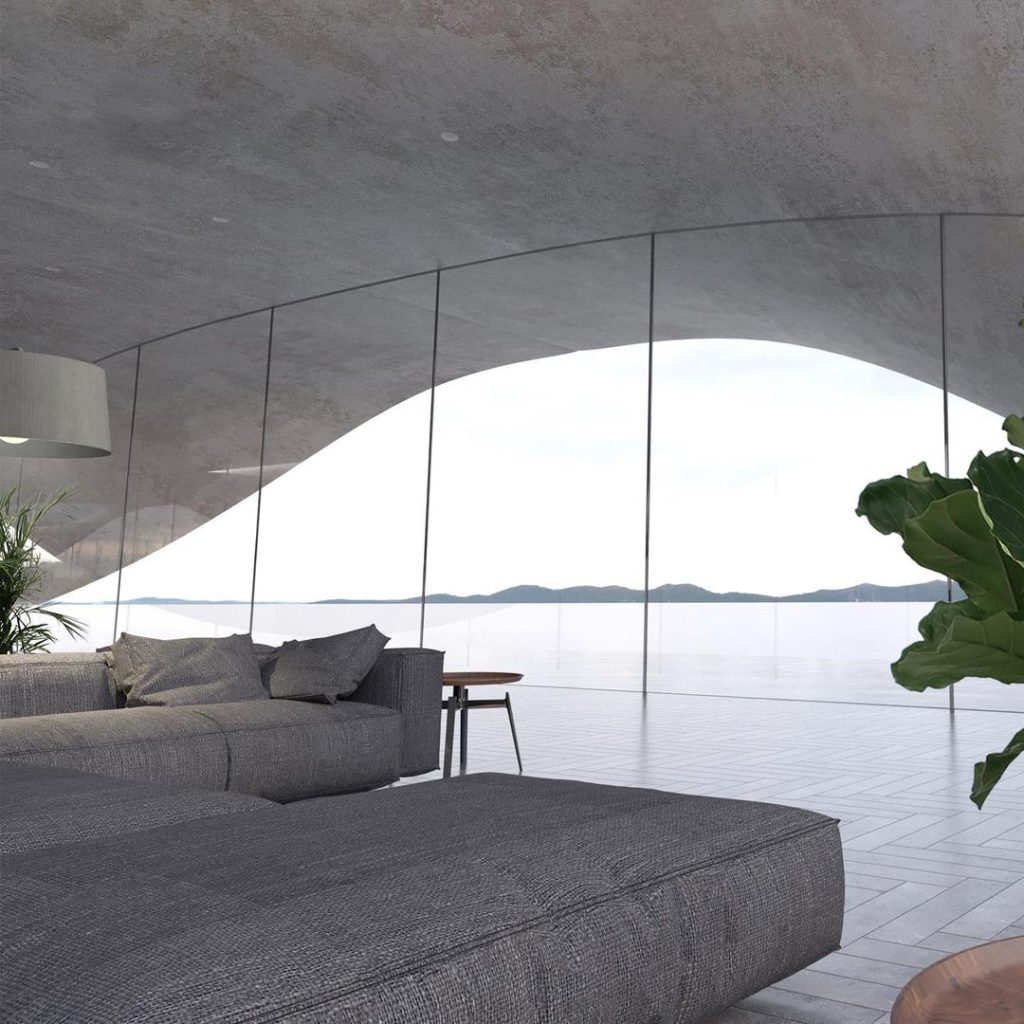
Credit: Anthony Gibbon Designs _ Twine House
Also with so many new biobased materials emerging; it is a very exciting time even inebriating
From an environmental standpoint, opting for raw and unfinished materials significantly reduces the energy and resources required for manufacturing and finishing processes of the walls.
Matera in Italy is known as the “stone city,” where many of the dwellings are carved into the mountain, making the local stone, or should I say directly the mountain, an integral part of their wall decor. Foto 2
By showcasing the inherent beauty of these materials, designers can inspire a shift towards more sustainable and eco-conscious design practices.
5. Sustainable Textiles for Wall Decor
Infuse warmth and texture into your space with sustainable textiles on your walls. Fabrics used to decorate walls like works of art are able to enhance not only our visual senses but also our haptic senses.
The fabrics can be soft like wool, rough like jute, or even smooth like silk; maybe you play with the texture and color; the possibilities to use healthy materials are immense.
In many cultures, textiles are used to adornate the walls and also to create warmth in the environment. I am thinking of the arrazzi in many medieval cities; I am thinking of textiles used in the Asian Yurts still to this day.
In our modern urban spaces, for the wall decor to be healthy, the fabrics must be sustainable, possibly no fire-retardants, and no stain-resistant additives. By minimizing exposure to synthetic chemicals and allergens commonly found in traditional textiles for interiors, we can significantly reduce off-gassing and therefore our health. I would further add that the least treated they are, the more they are recyclable. From a planet protection point of view, Organic textiles, generally involve reduced water and energy consumption, further contributing to a healthier planet.
If you read my blog post from September, you will have noticed my interest in textile wall art on show at the Lake Como design festival.
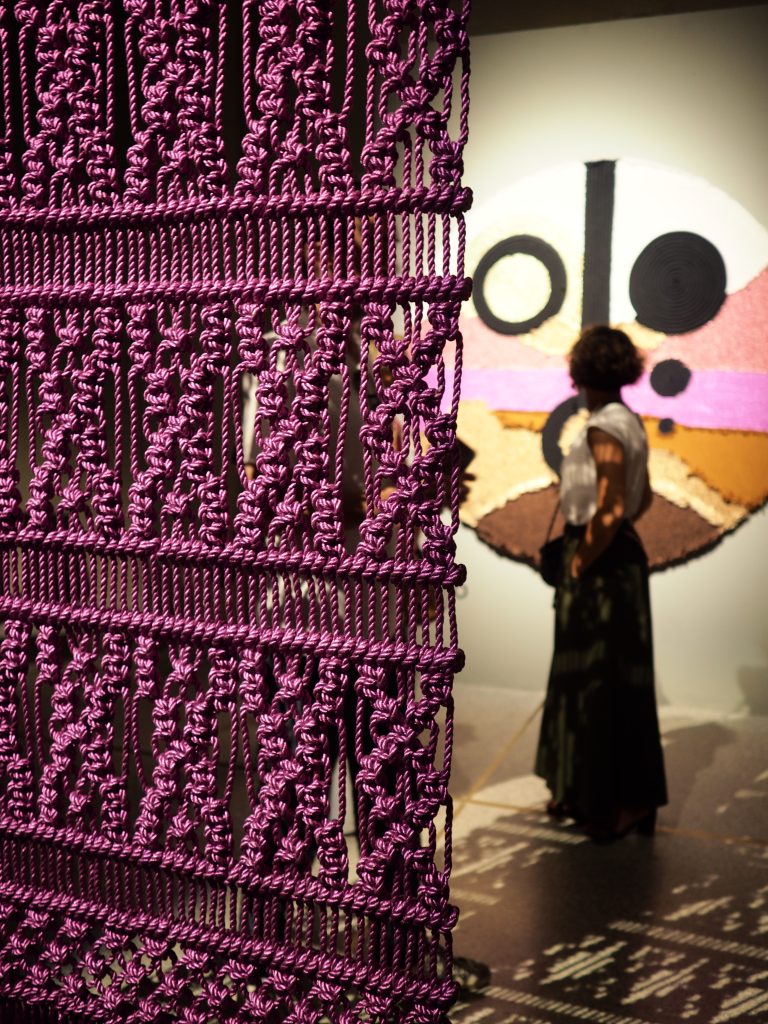
credit : LCDF
WHY HEALTHY MATERIALS ARE GOOD FOR THE PLANET AND FOR OUR WELL-BEING
In conclusion, the transformation of your walls can be a profound statement for both your health and the planet. Each solution, from low VOC paints to hand-painted wallpapers, sustainable textiles, bamboo, and raw materials, not only enhances aesthetics but also contributes to a healthier and more sustainable living environment. As an interior designer, you have the power to shape spaces that are visually stunning, health-conscious, and environmentally responsible. By integrating these sustainable solutions, you pave the way for a brighter, greener future—one wall at a time. As a final note, I would invite you to think of a blank wall also as a ground where you can express your authenticity be it through the materials you use for it, the patterns (possibly fractals) you recreate, or the art you decorate it with. Choosing the right art piece will define the space.
